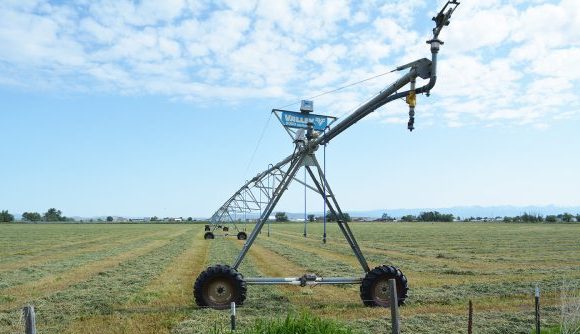Other views: Federal lands grazing challenge
Published 6:00 am Wednesday, August 31, 2022

- Nalivka
Grazing is the foundation of the U.S. beef industry. And, regardless of the source, whether private or federal lands, the total forage base of this country is the single factor making the greatest contribution to the success of the industry.
There are 770 million acres of rangeland in the U.S. One half of those acres are privately owned while 43% are managed by the federal Bureau of Land Management and U.S. Forest Service. Grazing is permitted on about 50% those federal lands.
Given that all grazing acres are critical to the U.S. beef industry, I have always firmly believed it is important to pay close attention to any appeal by the various environmental groups to limit grazing on any of these acres, regardless whether federal or private.
While climate change may be the lead headline to “justify” the elimination of cattle grazing in the U.S., I recently read an article that brought into focus another hot-topic discussion — wolves — and tied it to grazing. The article presented management changes proposed by Oregon State University to increase the number of wolves and beavers — I repeat, beavers. They have added a new dimension to the discussion!
Remember gray wolves were put back on the endangered species list in January 2021 after being delisted in October 2020. OSU’s research paper was titled “Rewilding the American West.”
Without going into the weeds of this article concerning “rewilding” the habitat, there were a couple of statements that I thought truly stood out.
First, “the authors determined the most common threat was livestock grazing, which they say can cause stream and wetland degradation.”
A second statement was “we suggest the removal of grazing on federal allotments from approximately 285,000 square kilometers within the ‘rewilding’ (my quotes) network, representing 29% of total 985,000 square kilometers of federal lands in the 11 western states that are annually grazed.”
I would submit that whether it be wolves, riparian areas, wild horses, climate change or beavers, just to name a few, this is a serious continuation of the challenges faced by cattlemen in the race to eliminate cattle grazing.
The challenge to federal lands grazing has been in the courts for decades and it is far from ending. Cattlemen, whether grazing federal or private land, must remain vigilant to the challenge if the beef industry is to remain a solid contributor to U.S. agriculture, the food industry and the U.S. economy.
Do you have a point you’d like to make or an issue you feel strongly about? Submit a letter to the editor or a guest column.









